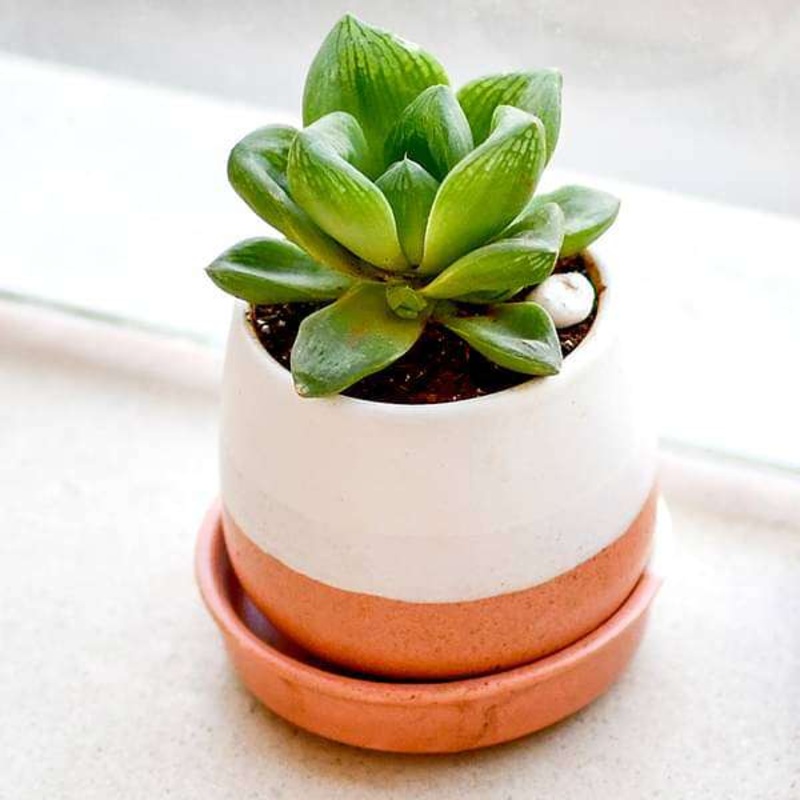Bleeding Heart Plant, Lamprocapnos spectabilis
The Bleeding Heart Plant, scientifically known as Lamprocapnos spectabilis, is a perennial favorite among gardeners, renowned for its stunning heart-shaped flowers that dangle gracefully from arching stems. Blooming in shades of pink and white, this plant adds a touch of whimsy and romance to any garden. Native to Asia, it thrives in shaded areas, making it an ideal choice for woodland gardens or shaded borders.
What makes the Bleeding Heart special is its unique flower structure, resembling delicate hearts that seem to "bleed" from the bottom. This captivating appearance has made it a symbol of love and compassion in various cultures. Additionally, its lush green foliage provides a beautiful backdrop, enhancing the overall aesthetic of your garden.
One of the special features of the Bleeding Heart Plant is its ability to attract pollinators such as bees and butterflies, contributing positively to the ecosystem. Its early spring blooms herald the arrival of warmer weather, making it a delightful addition to any landscape.
Growing Instructions:
- Plant in well-drained, rich soil with a pH of 6.0 to 7.0.
- Choose a location with partial to full shade for optimal growth.
- Space plants 24-36 inches apart to allow for their spreading nature.
- Water regularly, especially during dry spells, to keep the soil moist but not soggy.
Care Instructions:
- Fertilize with a balanced fertilizer in early spring.
- Remove spent flowers to encourage new blooms and maintain plant health.
- Cut back foliage in late fall to prepare for winter dormancy.
- Monitor for pests like aphids and slugs, treating as necessary.
Uses:
- Perfect for shaded garden beds and borders.
- Great for creating a romantic atmosphere in cottage gardens.
- Can be used in cut flower arrangements for a unique touch.
- Ideal for attracting pollinators, enhancing biodiversity.
Fun Facts:
- The Bleeding Heart is also known as "Lady in a Bath" due to its flower shape.
- Historically, it has been used in traditional medicine for its purported healing properties.
- This plant is deer-resistant, making it a great choice for gardens in wildlife-rich areas.
- In some cultures, it symbolizes deep emotional connections and love.

